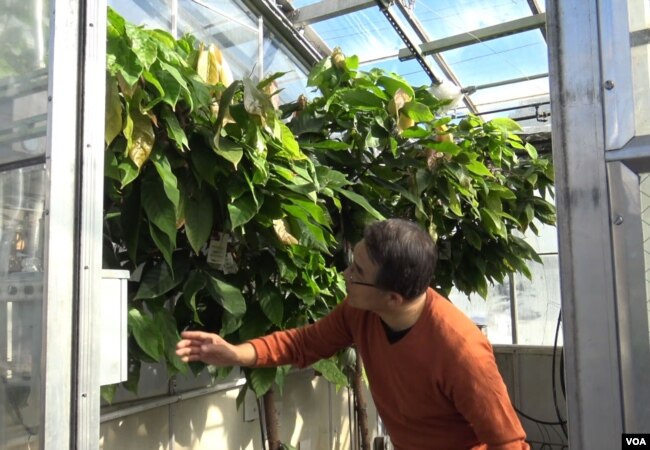The Great Goose
Gold Member
- Sep 26, 2015
- 13,952
- 1,237
- 290
In the end I probably won't eat meat unless it's been raised by me.
I'm not looking forward to a diet of home grown legumes. I just really hate stuff in packets with numbers and they are doing odd things to fresh food too
I'm not looking forward to a diet of home grown legumes. I just really hate stuff in packets with numbers and they are doing odd things to fresh food too





